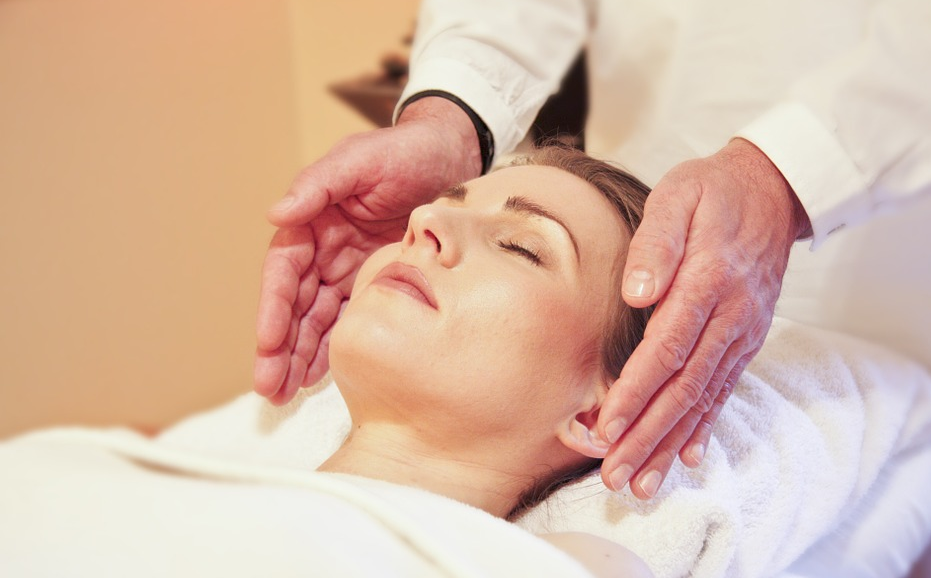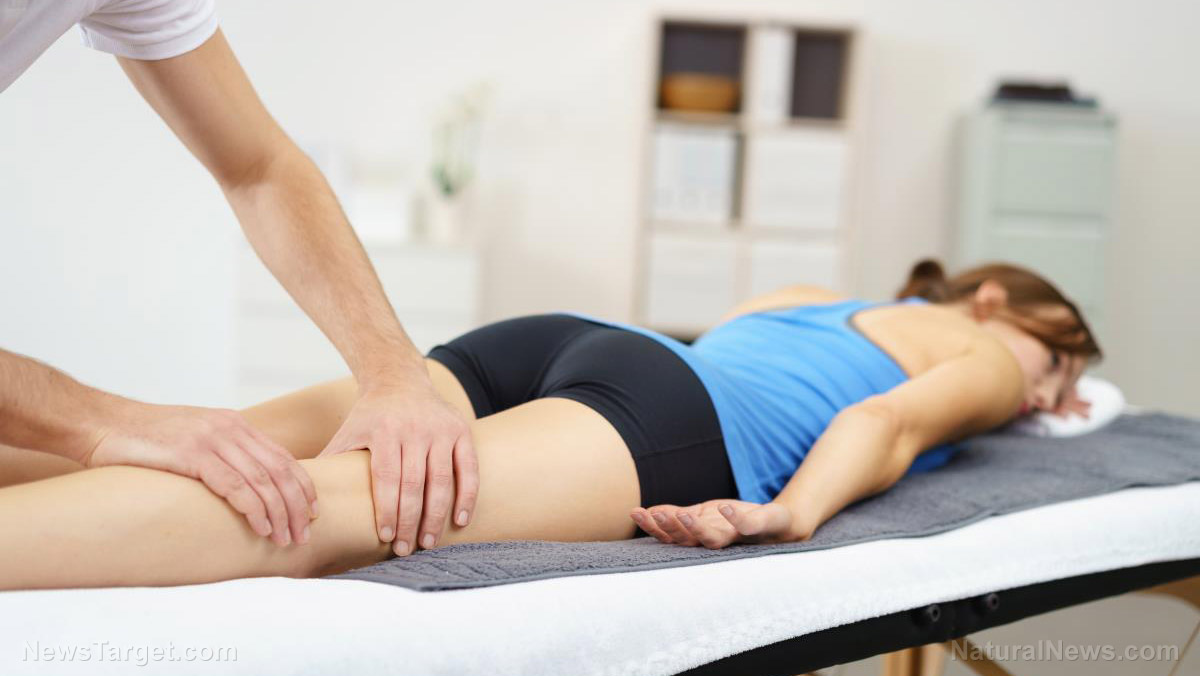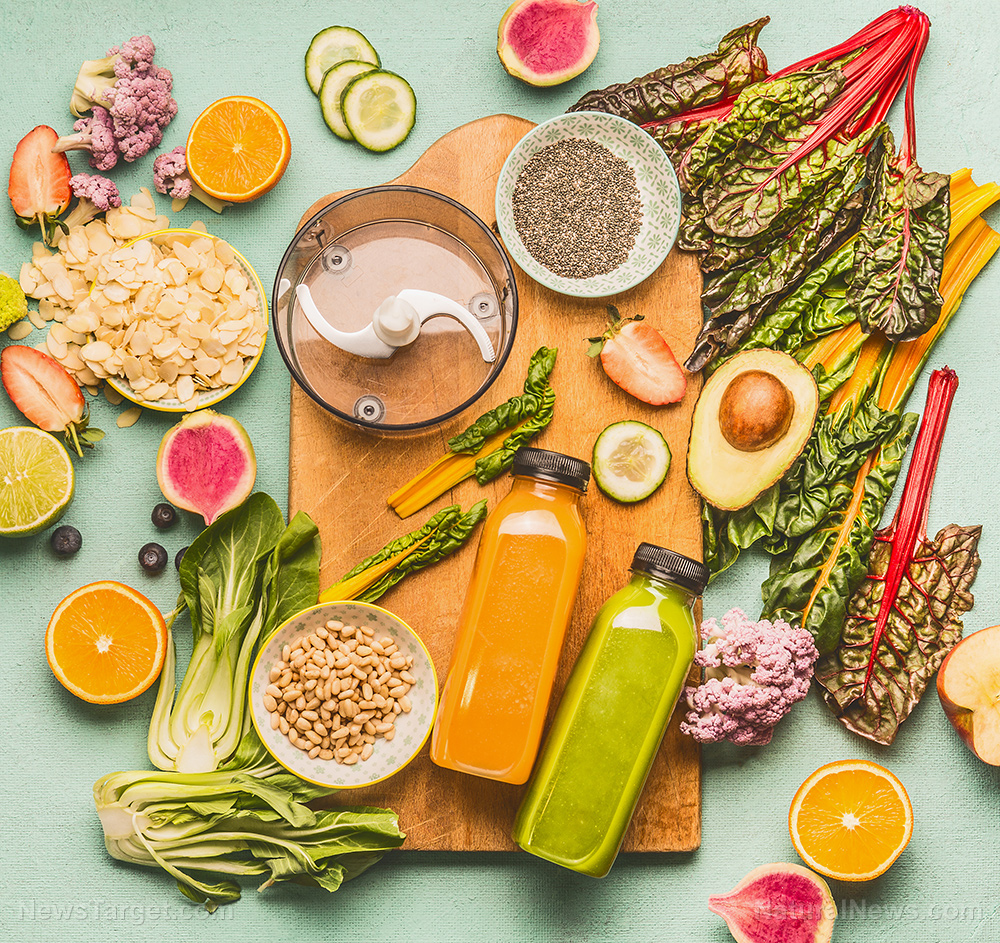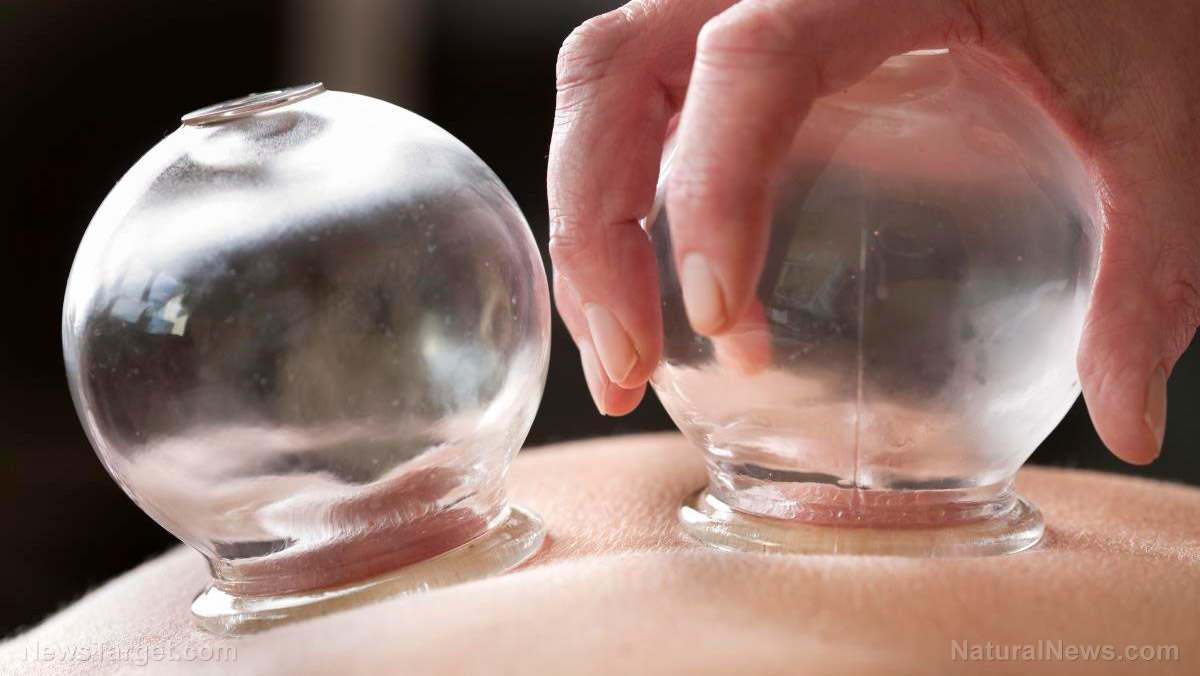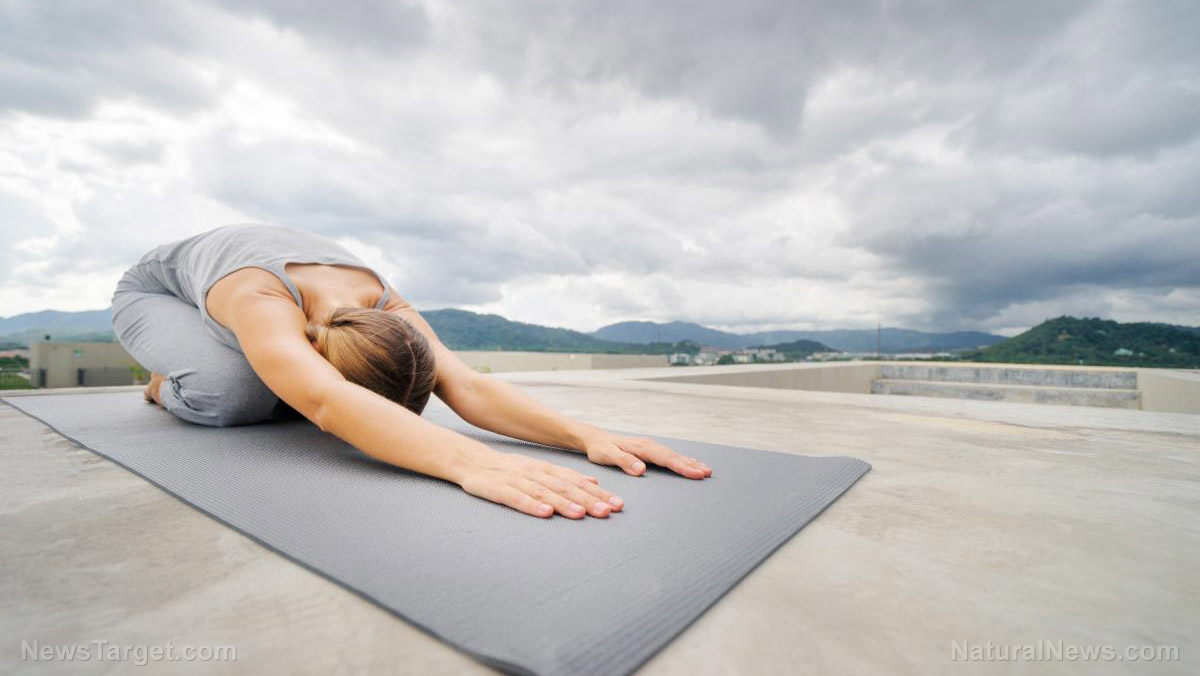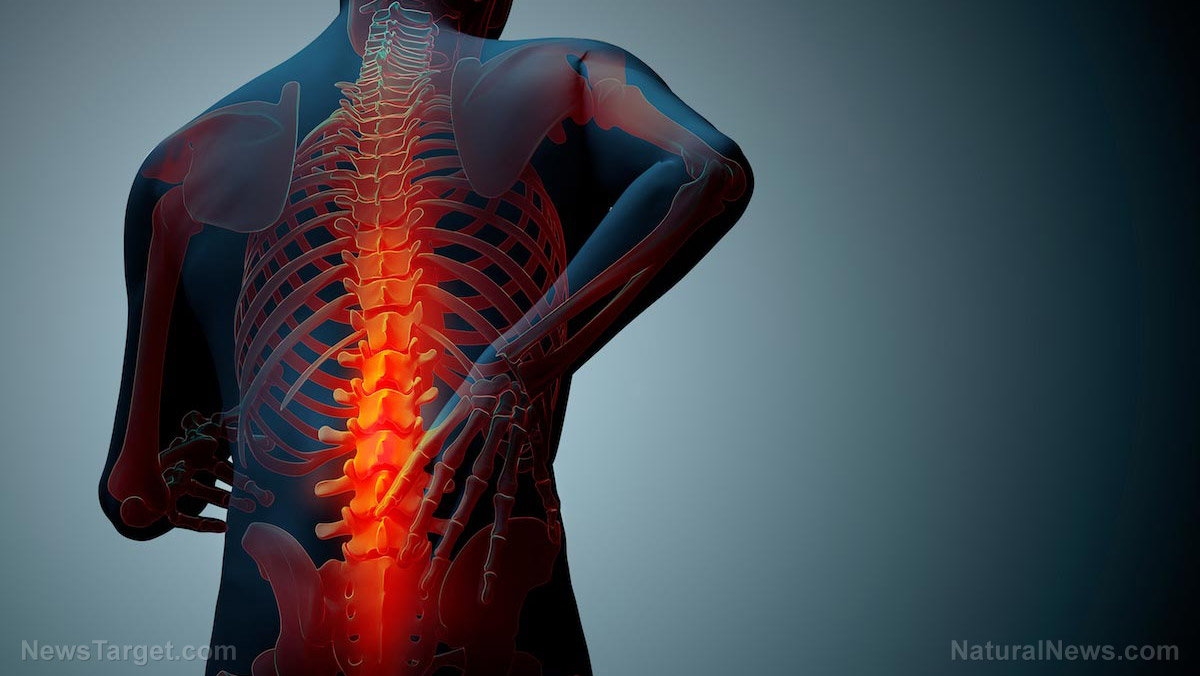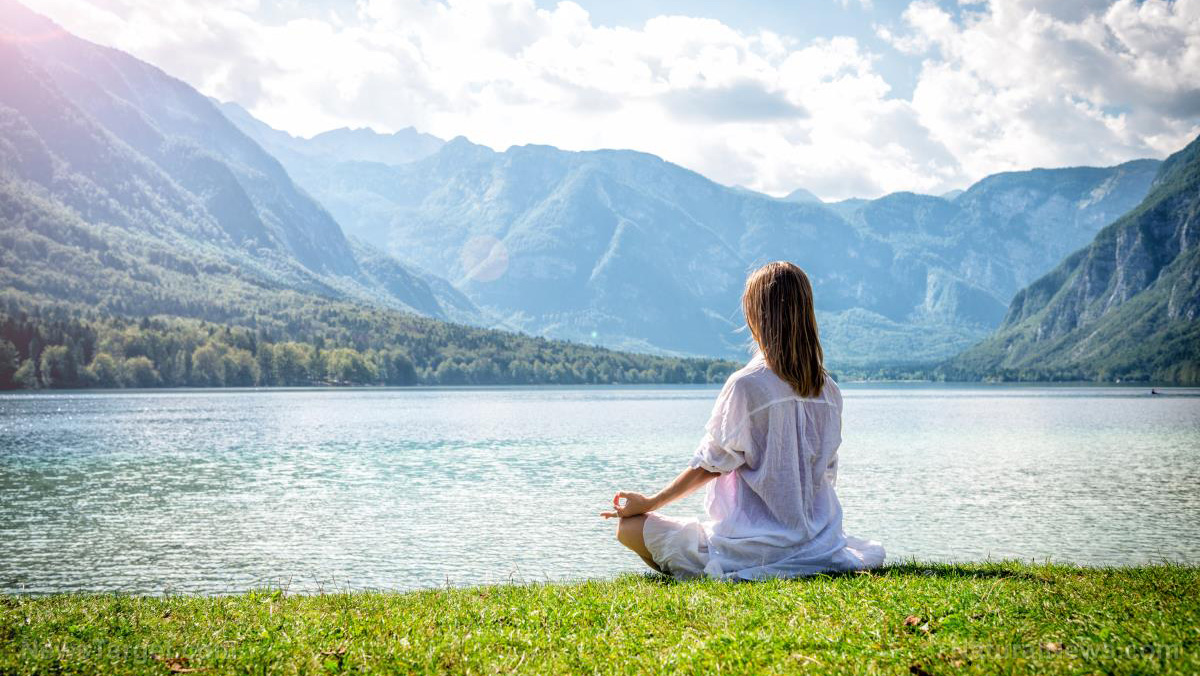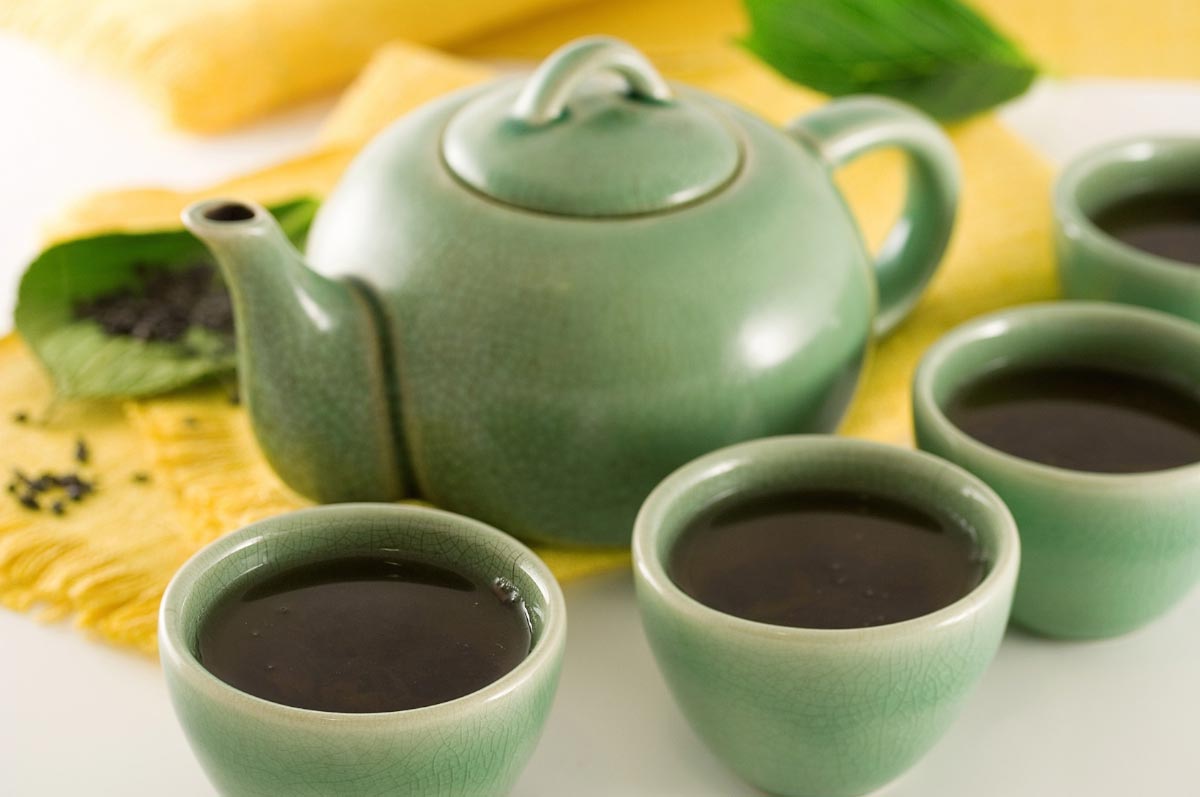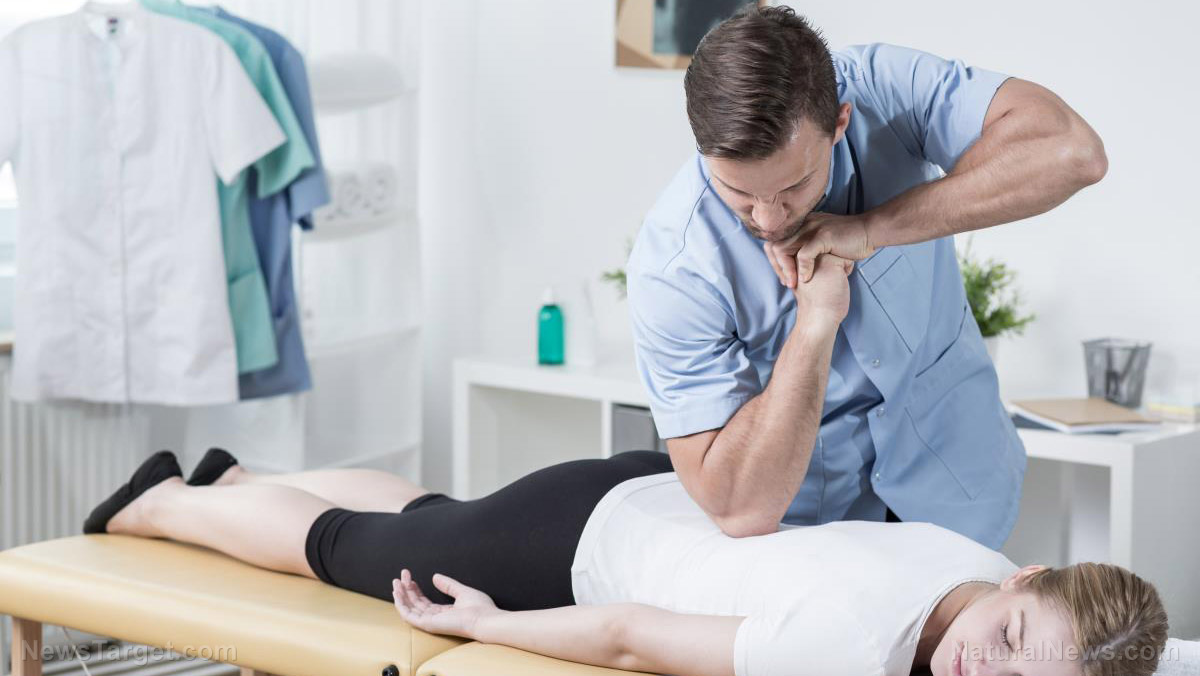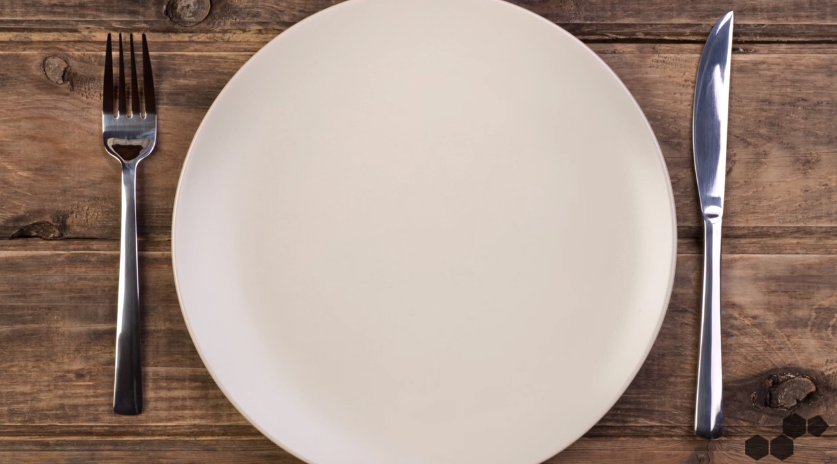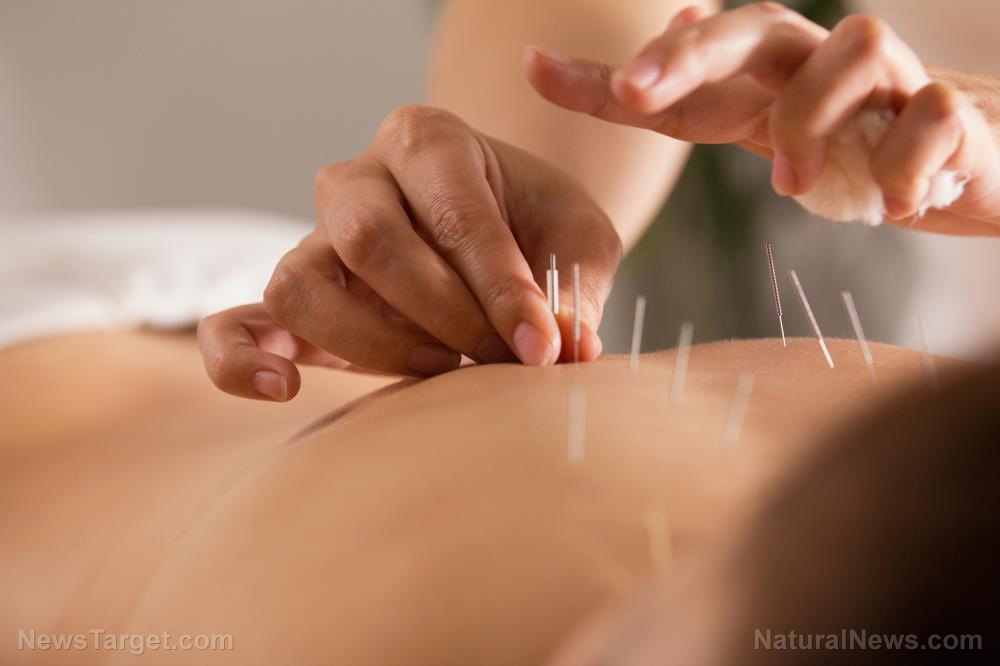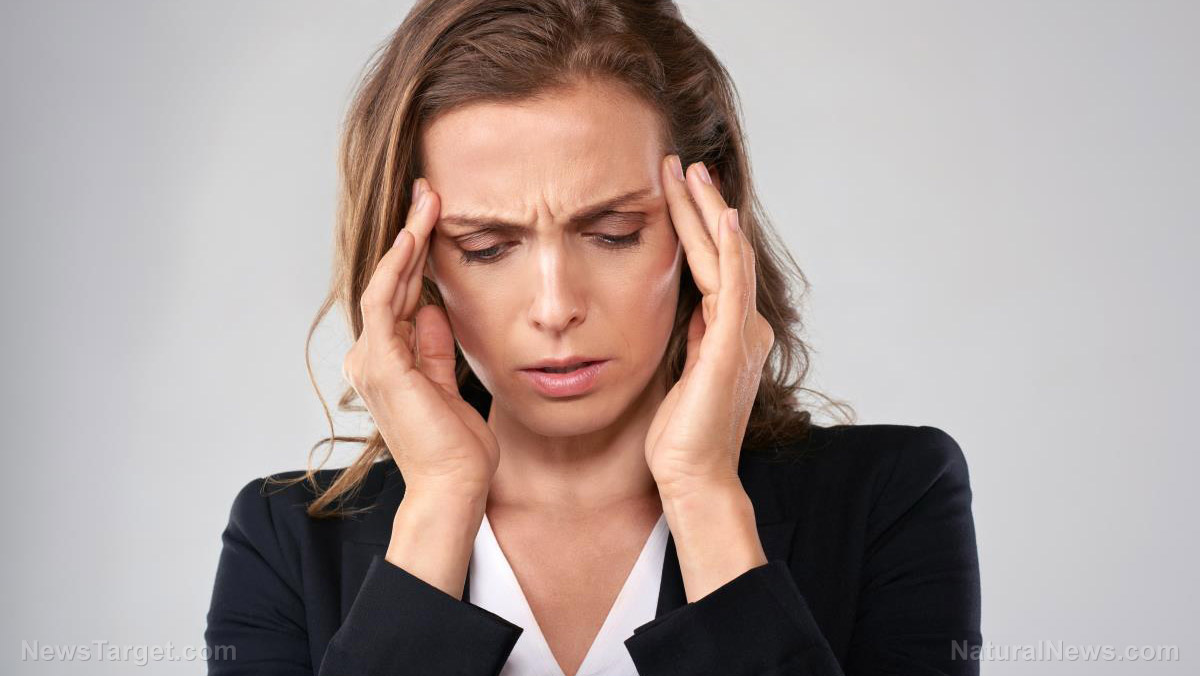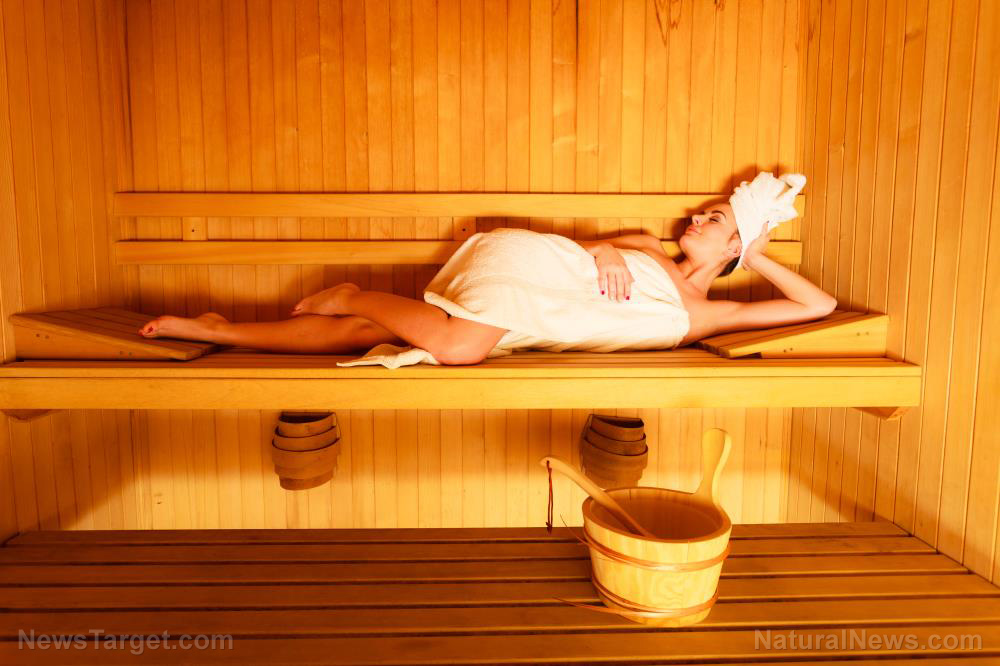Progressive Relaxation — sources, health benefits at NaturalPedia.com
12/15/2017 / By Jhoanna Robinson

Progressive muscle relaxation is a deep relaxation technique that has been used to manage stress and anxiety, treat insomnia, and lessen the symptoms of certain types of pain. It is done by tensing or tightening one muscle group at a time followed by a relaxation phase wherein the tension of the muscle is released.
Progressive muscle relaxation technique was first introduced by Dr. Edmund Jacobson in 1939 and is grounded on the philosophy that physical relaxation begets mental calmness. It can be practiced by anyone and only needs around 20 minutes of practice per day for anyone to reap its amazing benefits.
Practitioners encourage tensing and relaxing the muscle groups one at a time in a specific order, usually starting at the lower extremities and concluding at the abdomen, chest, and then the face muscles. This technique can be done seated or lying down. Practitioners recommend doing the technique while wearing comfortable clothes and in an area that is free from distractions.
The steps to practice progressive muscle relaxation are as follows:
- Contract one muscle group (for instance, your upper thighs) for five to 10 seconds while inhaling, then exhale and suddenly release all the tension from that muscle group.
- Allow 10 to 20 seconds for your body to normalize its rhythm, then move on to the next muscle group (for example, your buttocks).
- While releasing the tension, try to amplify the changes that you notice when the muscle group is relaxed. Imagery and color may be helpful to this endeavor, such as visualizing that stressful vibes are flowing out of your body as you relax each muscle group. Imagining sights of various colors, textures, and shapes can also go a long way towards letting go of tension. One of the most popular visualization techniques is imagining that tension has the color red, and has the texture of a jagged material. And then imagine that tension leaving your body, as represented by the red becoming a light turquoise color and the jagged material becoming a gentle wave.
- Repeat steps until you make it to the top of your body.
Music therapy is another form of progressive muscle relaxation. For a complete sensory experience, combine your visualization and tensing techniques with auditory pleasantries by listening to a soothing soundtrack. Albums that can make you relax can be as exotic as Vietnamese flute music or as primal as whale mating sounds; whatever your preference, select the genre that you think might help you best in accomplishing the goal of removing tension from your body.

Health benefits of progressive relaxation
Doctors have incorporated this type of therapy in conjunction with other known therapies for symptom relief in a variety of conditions such as cancer pain, digestive disturbances, headaches, and high blood pressure.
Insomniacs often report that engaging in progressive muscle relaxation at night makes them fall asleep. It also promotes a healthy sleep cycle.
Body systems supported by progressive relaxation
Progressive relaxation is good for the nervous system. This technique is not only recommended for helping people relax and alleviate stress, but it can also impact a person positively because it provides for a healthy mind. People with anxiety issues are advised to practice this technique daily, so as to improve their mental condition. Progressive relaxation also lowers the cortisol levels (which contribute to stress) in the body and increases dopamine, the happy hormone.
Progressive relaxation is good for the cardiovascular system. It is said to regulate blood pressure, as an indirect effect of inducing a state of calm.
Where to learn more
- Alternative Health: Six Ways to Naturally Treat Everyday Aches And Pains
- 8 Unique and Natural Headache Remedies
- Healing the brain – Tips and strategies revealed
- Depression and Migraines Eased with Exercise and Relaxation
- You can’t try to get sleep
Summary
Insomniacs often report that engaging in progressive muscle relaxation at night makes them fall asleep.
Progressive relaxation is good for the nervous and cardiovascular systems.
People with anxiety issues are advised to practice progressive relaxation daily, so as to improve their mental condition.
Sources include:
Tagged Under: progressive relaxation

